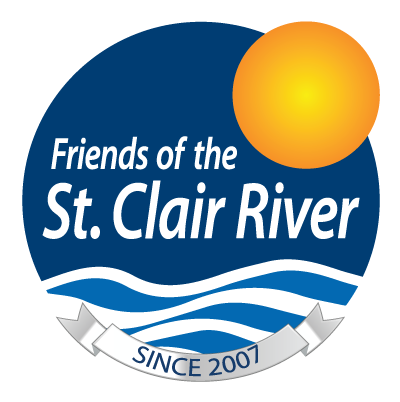OptOutside Quest 1

Quest #1 – A Walk Through the Past
Flat, 0.9 miles, relatively even terrain. The numbers correspond with the numbers on the wooden posts along trail and on the map attached. You will also see additional blue arrows along the way to keep you on the right path.
Many of our natural areas in Michigan were farmed at some point in our history. The short quest will take you on a journey into our agricultural past. Discover how farmers both worked with and altered the natural terrain while growing crops and raising livestock.
START: #3 – How old is this forest?
As you begin your walk, take a look at the trees in this forest. How old do you think they are? Could you wrap your arms around most of them? The land that is now Columbus County Park has been logged at least once, and in some areas twice. In fact, 90 years ago the land you are now standing on was likely grazed by sheep, and some parts of the park were planted with crops like alfalfa and soybeans. As you walk, you may notice evidence of a few very large, older trees but for the most part, this forest is less than 100 years old.
#4 – Siberian Elms
The trees lining this old farm lane are mostly Siberian Elm, with a few Silver Maples interspersed. Siberian Elms are resistant to Dutch Elm disease and were likely planted intentionally to eventually provide the beautiful canopy you see today. However, Siberian Elms are invasive. As you walk, you will notice stands of young Siberian Elms that have formed a monoculture with very little plant diversity. Today, the Park staff regularly mow to help prevent the Siberian Elms and other invasive plants from taking over this part of the park.
#5 – Barn
This barn is about 100 years old and once housed over 300 Oxford sheep. During the 1930s, this land was a 365-acre farm owned by David W. McMorran. In the early 1900s, much of the Midwest was covered in wetlands, tile draining removed water and lowered the water table, making the land better for cultivation or grazing. The land around you was tile drained to make it more suitable for feed crops for the sheep like alfalfa and soybeans. Today the barn is used by as a workshop and storage by the Park staff.
#6 – Succession
Once planted with crops, this field is now home to plants like asters, goldenrods, maples, sumacs and raspberries. These plants are often the first to establish when farmlands are abandoned. You may also notice a few smaller trees, cottonwoods and Siberian Elms, that are starting to establish. Over time, these trees may grow taller and shade out the sun-loving species. This process is called succession. For now, this field provides habitat for butterflies and other pollinators.
#7 – Life on the Edge
Some species of both plants and animals thrive on the edge of two habitats. Here on the edge of the forest and the field plants like Native Bittersweet, Prickly Ash, Staghorn Sumac and brambles flourish. Small mammals and birds that feed on these plants are prey for the hawks that hunt in the fields. This edge is carefully managed for invasive plants as they are often the first plants to fill a hole left by natural or man-made disturbances.
As you begin the final stretch of your walk, you will again enter the forest. Recall how the field looked. Imagine that this area was once crops managed by people, followed by grasses and shrubs and now tall trees, all in the last 100 years!
End: #2 – Columbus County Park Today
Today, Columbus County Park spans 411 acres of rolling hills, wetlands, forest trails, meadows and the Belle River. Much of the park is closely monitored and managed by Friends of the St. Clair River to identify and remove invasive species. The influence of humans can be observed in all areas of the park, but Friends works to help mitigate these effects and ensure that both people and wildlife enjoy this natural resource.
Support for this program provided in part by St. Clair County Parks and Recreation Commission.
